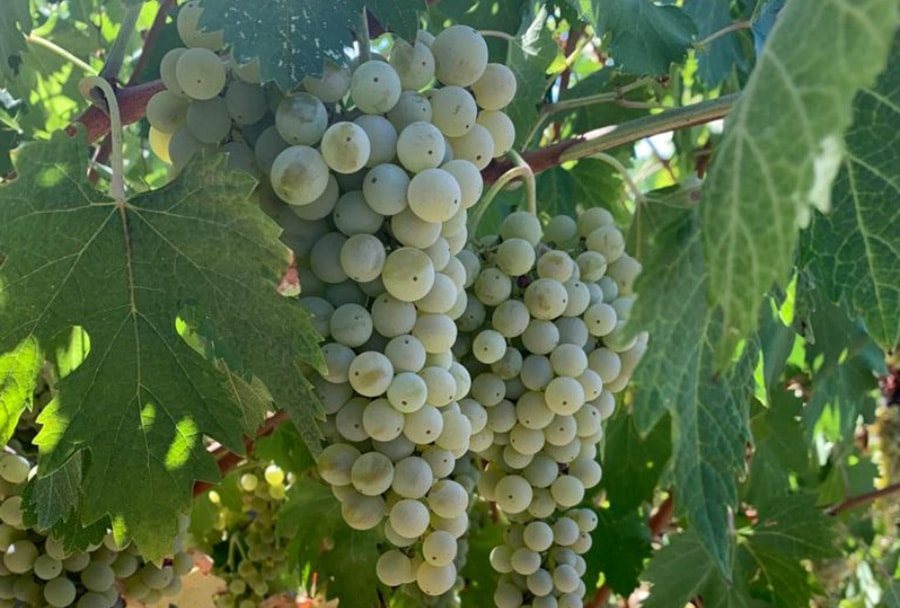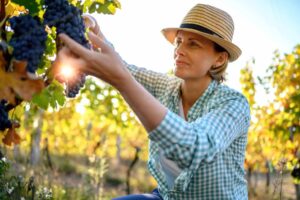Grechetto I.G:T. Montioni 2022: disponibile la nuova annata
G r e c h e t t o I . G : T . M o n t i o n i 2 0 2 2 : d i s p o n i b i l e l a n u o v a a n n a t a
Disponibile anche online il nuovo Grechetto 2022 firmato Azienda Agricola Montioni
Il nuovo Grechetto Montioni 2022 è pronto per essere assaporato durante questa estate 2023 a partire dal 1° luglio. Tenete a mente questa data, manca davvero pochissimo!
Mentre aspettiamo che sia disponibile per l’acquisto online vi raccontiamo un po’ della sua storia e cosa troverete una volta stappata la vostra bottiglia di Grechetto IGT 2022.
L’estate 2022 come ricorderete è stata molto siccitosa: le piogge hanno tardato ad arrivare e a rinfrescare i nostri territori umbri. Ma le uve dei nostri vigneti si sono dimostrate forti e tenaci e dopo aver trascorso ben 4 mesi senza acqua hanno reagito positivamente alle piogge giunte a partire dai primi di agosto.
Dopo una fantastica vendemmia rigorosamente manuale durante i primi giorni di settembre le uve del Grechetto sono pronte ora per essere assaggiate!

Come si presenta il Grechetto IGT 2022 Montioni?
Il Grechetto Montioni 2022 ha profumi che ricordano il cedro, il lime e note di vaniglia.
Al gusto si riscontra una buona acidità accompagnate da una grande freschezza.
Insomma il Grechetto 2022 è il vino ideale per la calda estate che ci si prospetta: gustatelo fresco come aperitivo in terrazza con gli amici, accompagnato ad antipasti a base di pesce!
Come viene prodotto il Grechetto IGT
Il nostro vino bianco giovane è prodotto con uve 100% Grechetto, vitigno autoctono tipico dell’Umbria. I suoi grappoli, una volta raccolti manualmente a settembre durante la vendemmia, subiscono una fermentazione in acciaio per poi trascorrere tre mesi di affinamento in acciaio e tre mesi in bottiglia.
Il nostro consiglio
Vi consigliamo di assaporare il nostro Grechetto ad una temperatura di 10/12 gradi e di abbinarlo a formaggi freschi, a carni bianche e, ovviamente, a del buon pesce!
Sei pronto ad assaporarlo? Acquistalo ora!

Katerina Monroe
@katerinam • More Posts by Katerina
Congratulations on the award, it's well deserved! You guys definitely know what you're doing. Looking forward to my next visit to the winery!
